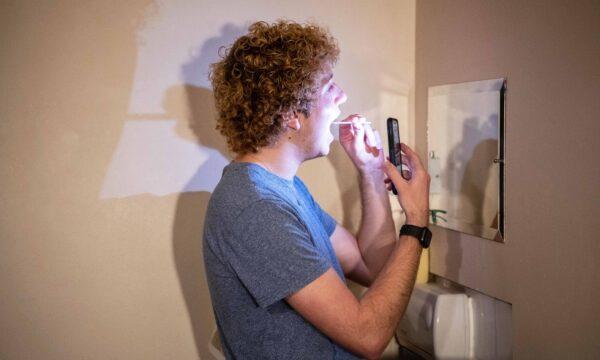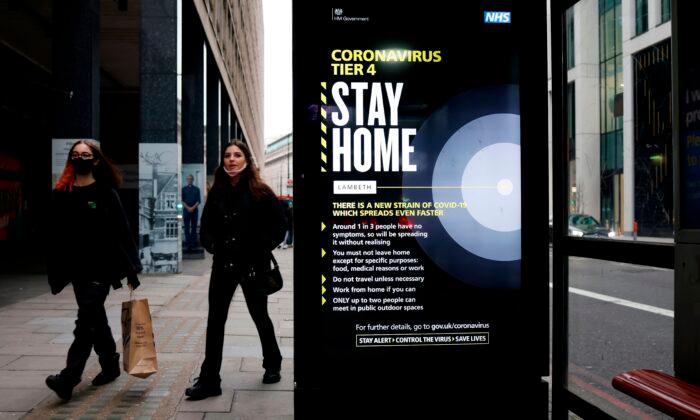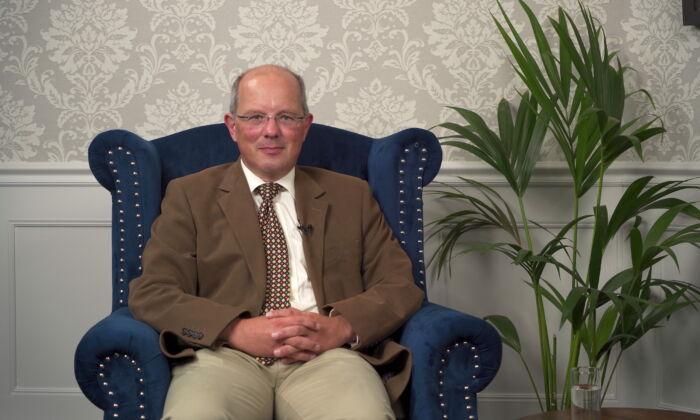The latest weekly swab test survey suggests infection rates of the CCP virus have started to fall in England.
The findings add to a mixed bag of studies this week that provide different pictures of the current pandemic wave.
In England overall around 1 in 55 had the virus, according to the analysis of the survey data.
The national lockdown came into force on Jan. 6, 10 days before the end of that test period.
Scientists typically suggest the impacts of lockdowns start to be reflected in infection rates after about two weeks.
Adding to the difficulty of assessing the lockdown impact, however, is that much of the country had already been in local lockdown-type conditions for various lengths of time when the stricter nationwide measures were brought in.
The government-sanctioned survey uses swab samples collected from a pool of volunteers to establish levels of infections from different regions—and then scales up with some modeling.
Other methods of tracking the virus levels this week have produced different pictures.
Another key government-sanctioned study run by Imperial College London found that the virus may have been rising during the same period.
Imperial’s Real-time Assessment of Community Transmission study-1 (REACT-1), one of England’s largest studies, tests between 120,000 and 180,000 people each month.

Data on hospitalizations—which lag behind—suggests they have been slowly falling over the last week.
Deaths, which lag yet further behind, have continued to rise. The latest daily UK average death toll (taken over 7 days) stands at 1,241. On Jan. 20, the UK recorded 1,817 deaths in one day. The highest in the 2020 spring peak was 1,224.
He added, “As tempting as it is to find some cause for celebration in infection rates that are beginning to fall, as seen in both ONS data and the Government’s publication of the R number, we still see very high levels of COVID-19 in every region of the UK. “





